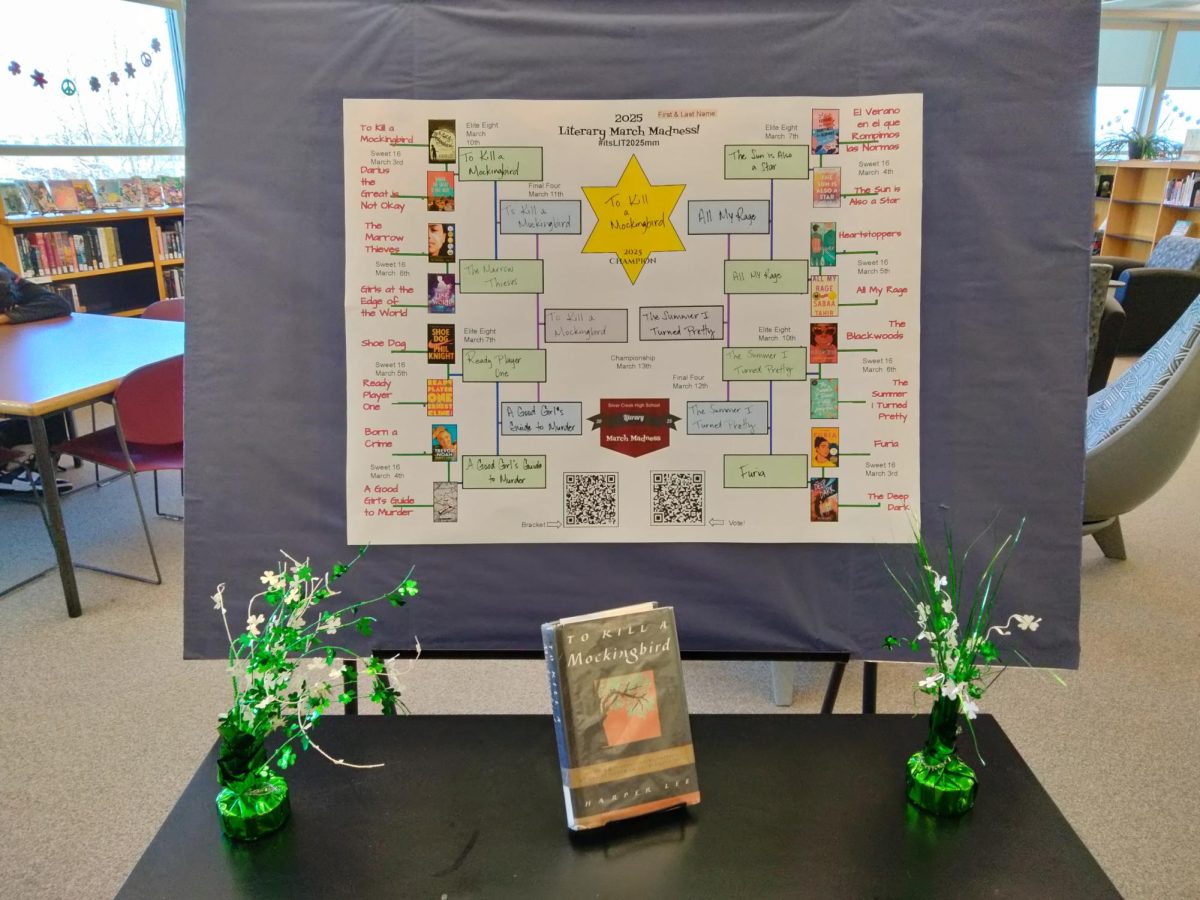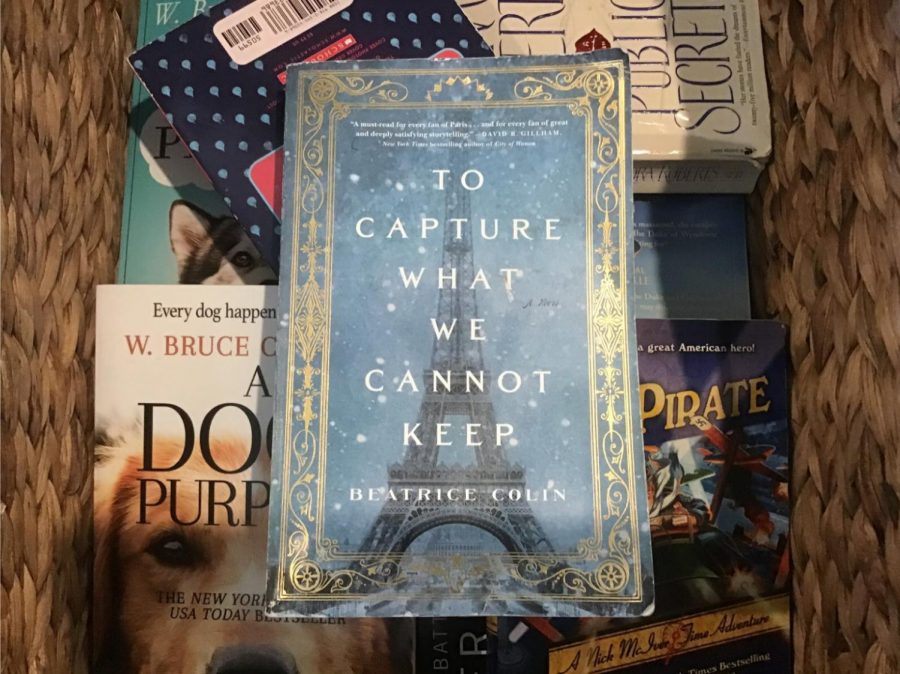To Capture What We Cannot Keep’ Review: Did Colin Truly Capture the Reader’s Interest?
December 8, 2020
“To Capture What We Cannot Keep,” one of Beatrice Colin’s last novels before her death in February of 2019, enchants readers with a historical fiction romance story that will not be forgotten by many, as surely as Colin’s memory will not evanesce. Despite the currency in which the book was written (November 29th, 2016), Colin’s story takes the reader back to the late 1800s in the magical city of Paris, where the reader will meet many engrossing characters from various backgrounds, beginning with Caitriona Wallace (Cait); all while the construction of the Eiffel Tower reaches higher and higher heights as the story progresses.
Cait Wallace is portrayed as a 31-year-old widow, also being a woman with no husband or inheritance. Before long, she becomes a chaperone of two individuals from the Arrol family, who come from a wealthy background. From there, suspenseful events, from hot air balloon rides to traveling to different regions of the world, escalate along with the rapid construction of one of the most famous, well-known landmarks in the world: the Eiffel Tower.
Grabbing the reader’s attention with this unique technique, one that incorporates such a famous landmark and flawlessly ties it into the story, was a technique also used by other successful authors in novels such as, “The Age of Light” (Whitney Scharer). With this element in her piece, Colin’s novel received a tremendous level of interest from the public.
While this captivating novel brings all the colors of Paris to the canvas, in terms of nailing down the historical references and providing life-like visions of the city, the romance portion of the story was hinted to be irrelevant in the shadows of the grand Eiffel Tower. The romance sparks between two of the main characters, Cait and an engineer named Émile Negier, but ends up being lost with the many extra characters and their stories, along with it all being in the incredible city of Paris. With multiple romantic relationships going on at the same time, the reader loses the love they first see between Émile and Cait at the beginning of the novel.
As the story progresses, before the reader knows it, they are stuck in the middle of more than four romantic relationships, including Gabrielle, James Arrol, Alice Arrol, and lastly with Cait. If that wasn’t enough to confuse the reader, many other family relationships invade into the romantic atmosphere, such as the one between Émile and his mother. Slowly, these several extra details slightly drags the reader through the book, rather than gently carrying the reader down a smooth river.
Given the fact that Colin’s historical part of the novel most definitely delivered, it could be said that the novel was a success, despite specific feelings or emotions the reader hoped to acquire from the novel that was lost in the process. As it stands, Colin’s novel truly captures the magical moments in Paris, a story that can truly be treasured in the minds of readers around the world, especially those who are awe-inspired by Paris.











































![Hosting the SCLA Casptone Mentor Dinner outside allowed for more attendees on September 27, 2021 at Silver Creek. This event would’ve usually been held inside. According to Lauren Kohn, a SCLA 12 teacher, “If we have a higher number of people, as long as we can host the event outside, then that seems to be keeping every[one] safe”.](https://schsnews.org/wp-content/uploads/2021/11/sxMAIGbSYGodZkqmrvTi5YWcJ1ssWA08ApkeMLpp-900x675.jpeg)







